
EssaysArt & Illustrations

Our Mortal Waltz: The Dance of Death Across Centuries
The sight of a skeletal corpse rarely inspires a rollicking jig. Yet for more than half a millennium, the dance of death in European visual art has imagined a tango between the quick and the dead. Allison C. Meier tracks the motif’s evolution across history, discovering how — through times of disease, war, and economic inequality — printmaking offered a means to both critique social ills and reflect upon new forms of human devastation. more

From Fire Hazards to Family Trees: The Sanborn Fire Insurance Maps
Created for US insurance firms during a period of devastating fires across the 19th and 20th centuries, the Sanborn maps blaze with detail — shops, homes, churches, brothels, and opium dens were equally noted by the company’s cartographers. Tobiah Black explores the history and afterlife of these maps, which have been reclaimed by historians and genealogists seeking proof of the vanished past. more
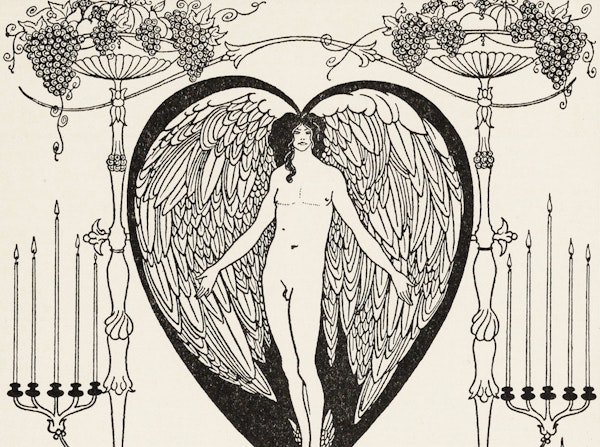
Pseudo-Boccaccio, Yiddish Pulp Fiction, and the Man Who Ripped Off Joyce
In 1927, a pair of lurid “translations” appeared in English, marketed as authentic tales by Giovanni Boccaccio and illustrated with supposedly new works by Aubrey Beardsley. Jonah Lubin and Maria Laurids Lazzarotti search for the origin of these fakes, in which illicit sex begets terrible violence, and uncover a story involving pseudotranslation, Yiddish shund literature, and the piracy king of literary modernism, Samuel Roth. more
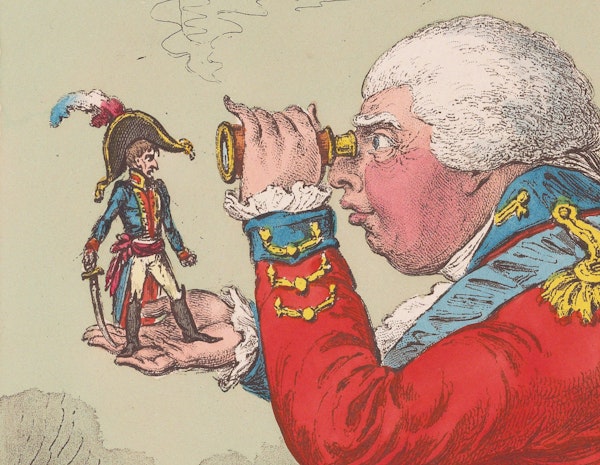
Little Boney: James Gillray and Napoleon’s Fragile Masculinity
Of all the caricatures of Napoleon Bonaparte, representations of the French emperor as a miniscule megalomaniac continue to haunt the historical imagination to an unparalleled degree. Peter W. Walker searches for the origins of “Little Boney” in the early 19th-century caricatures of James Gillray, the English illustrator who took Napoleon down a peg by diminishing his reputation and scale to the point of absurdity. more
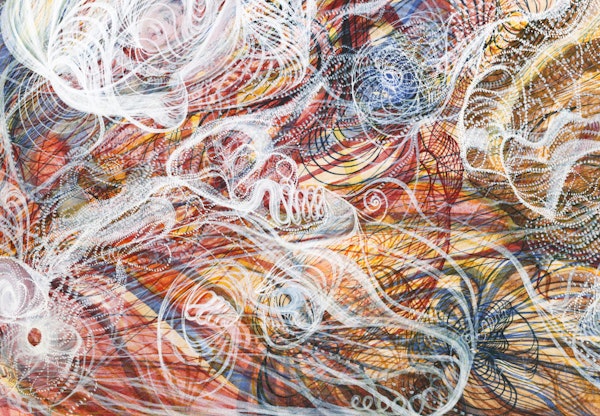
“The Substantiality of Spirit”: Georgiana Houghton’s Pictures from the Other Side
When Georgiana Houghton first exhibited her paintings at a London gallery in 1871, their wild eddies of colour and line were unlike anything the public had seen before — nor would see again until the rise of abstract art decades later. But there was little intentionally abstract about these images: Houghton painted entities she met in the spirit regions. Viewing her works through the prism of friendship, loss, and faith, Jennifer Higgie turns overdue attention on an artist neglected by historians, a visionary who believed that death was not the end, merely a new distance to overcome. more
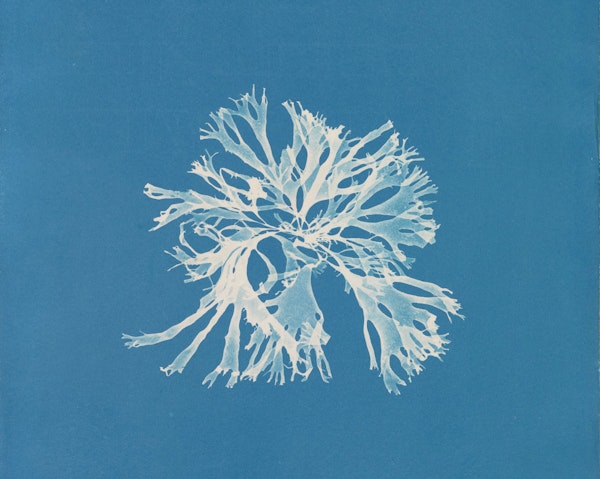
Rhapsodies in Blue: Anna Atkins’ Cyanotypes
In an era when the Enlightenment’s orderly vision of the natural world began to unravel, Anna Atkins produced the world’s first photography book: a collection of cyanotypes, created across a decade beginning in 1843, that captured algal forms in startling blue-and-white silhouettes. Paige Hirschey situates Atkins’ efforts among her naturalist peers, discovering a form of illustration that, rather than exhibit an artist’s mastery over nature, allowed specimens to “illustrate” themselves. more
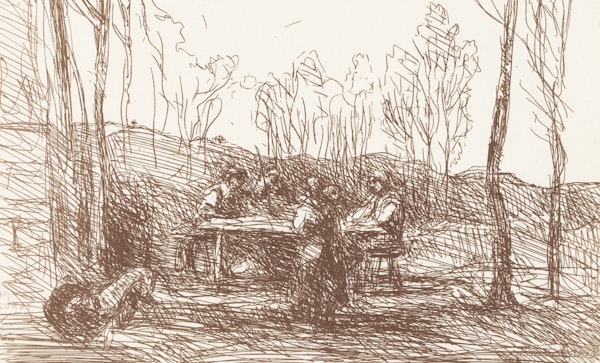
Cliché-Verre and Friendship in 19th-Century France
In the 1850s, as photography took its first steps toward commercial reproducibility, a more intimate use for light-sensitive plates briefly bloomed. It had a few names: heliographic drawing, photographic autography, or, as it is best known today, cliché-verre. Miya Tokumitsu takes us to the towns and forests of France where a group of friends began making marks on photographic plates, and finds their camaraderie cohere in lyrical arrangements of topography and light. more
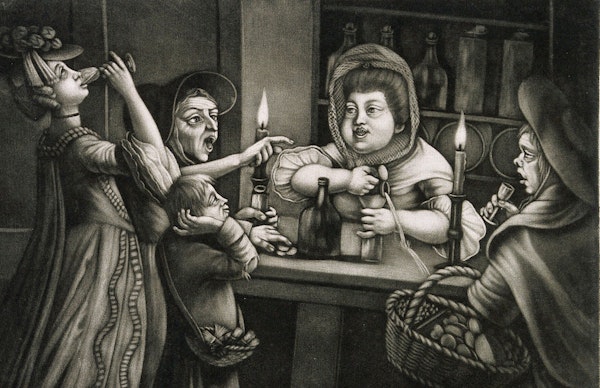
Liquid Bewitchment: Gin Drinking in England, 1700–1850
The introduction of gin to England was a delirious and deleterious affair, as tipplers reported a range of effects: loss of reason, frenzy, madness, joy, and death. With the help of prints by George Cruikshank, William Hogarth, and others, James Brown enters the architecture of intoxication — dram shops, gin halls, barbershops — exploring the spaces that catered to pleasure or evil, depending who you asked. more
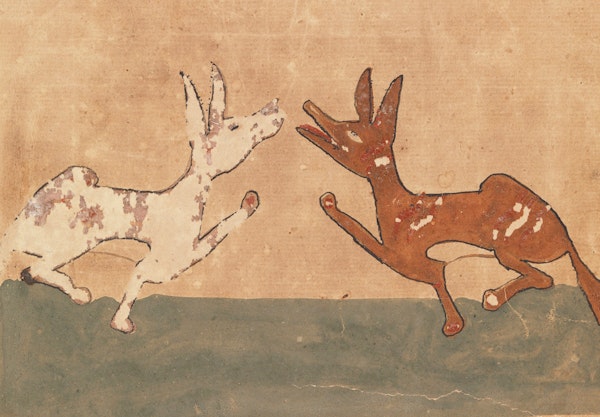
Travelling Tales: Kalīlah wa-Dimnah and the Animal Fable
Influencing numerous later animal tales told around the world, the 8th-century Arabic fables of Ibn al-Muqaffaʿ’s Kalīlah wa-Dimnah also inspired a rich visual tradition of illustration: jackals on trial, airborne turtles, and unlikely alliances between species. Marina Warner follows these stories as they wander and change across time and place, celebrating their sharp political observation and stimulating mix of humour, earnesty, and melancholy. more
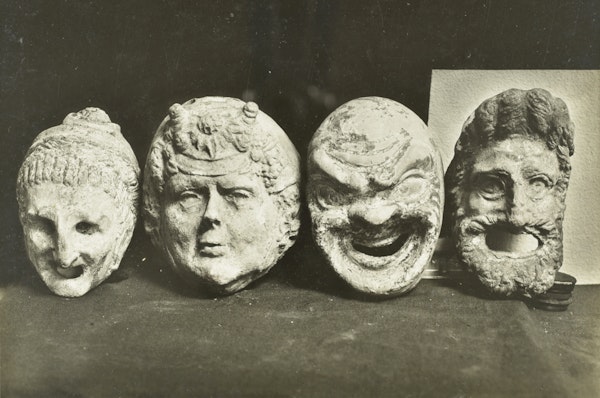
Images from the Collective Unconscious: Olga Fröbe-Kapteyn and the Eranos Archive
In the 1930s, Olga Fröbe-Kapteyn, mystic and founder of the multidisciplinary Eranos forum, began compiling a diverse visual archive that would allow dreamers to cross-reference their visions with the entirety of cultural history. Frederika Tevebring explores this grandiose undertaking and its effect on the archivist, as images from the collection began to blur with her psyche. more
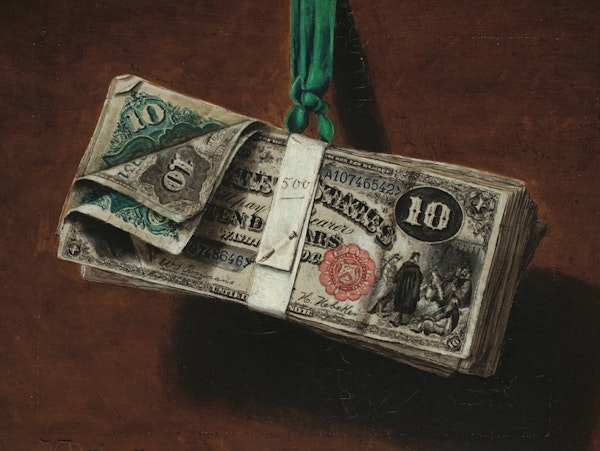
Illusory Wealth: Victor Dubreuil’s Cryptic Currencies
After supposedly stealing 500,000 francs from his bank, the mysterious Victor Dubreuil (b. 1842) turned up penniless in the United States and began to paint dazzling trompe l’oeil images of dollar bills. Once associated with counterfeiting and subject to seizures by the Treasury Department, these artworks are evaluated anew by Dorinda Evans, who considers Dubreuil’s unique anti-capitalist visions among the most daring and socially critical of his time. more
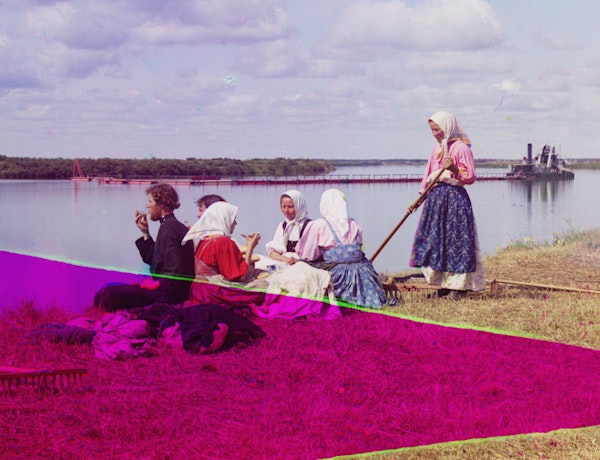
In Search of True Color: Sergei Prokudin-Gorsky’s Flawed Images
Archived amid Prokudin-Gorsky’s vast photographic survey of the Russian Empire, we find images shot through with starshatter cracks, blebbed with mildew, and blurred by motion. Within such moments of unmaking, Erica X Eisen uncovers the overlapping forces at play behind these pioneering efforts in colour photography. more
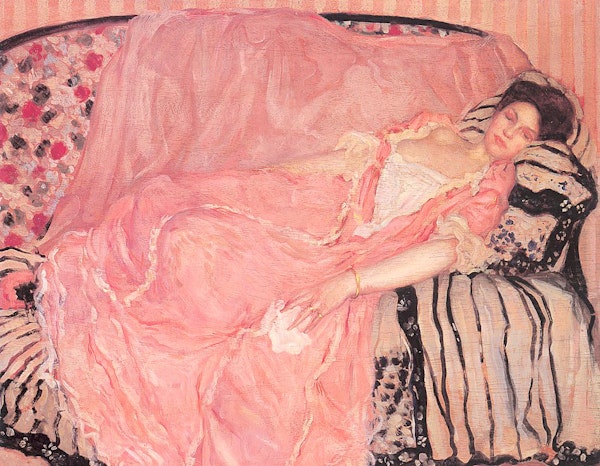
For vast stretches of À la recherche du temps perdu, there is scarcely a page unadorned by vibrant colour. To commemorate the centenary of Marcel Proust’s death, Christopher Prendergast celebrates his use of pink, how its tone shifts from innocence to themes of sexual need, before finally fading out to grey at the novel’s close. more
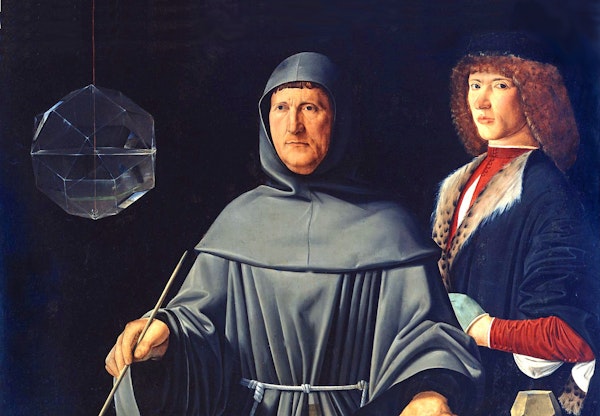
When geometrical solids took hold of the Renaissance imagination, they promised the quintessence of the third dimension in its pure and unadulterated form. Noam Andrews discovers how polyhedra descended from mathematical treatises to artists’ studios, distilling abstract ideas into objects one could see and touch. more
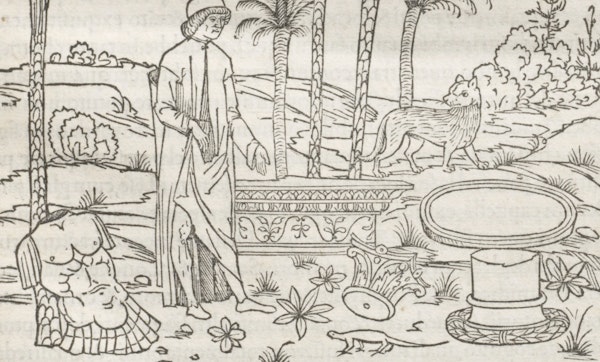
Hypnerotomachia Poliphili and the Architecture of Dreams
With its otherworldly woodcuts and ornate descriptions of imagined architecture, Hypnerotomachia Poliphili brims with an obsessive and erotic fixation on form. Demetra Vogiatzaki accompanies the hero as he wanders the pages of this quattrocento marvel, at once a story of lost love and a fever dream of antiquity. more
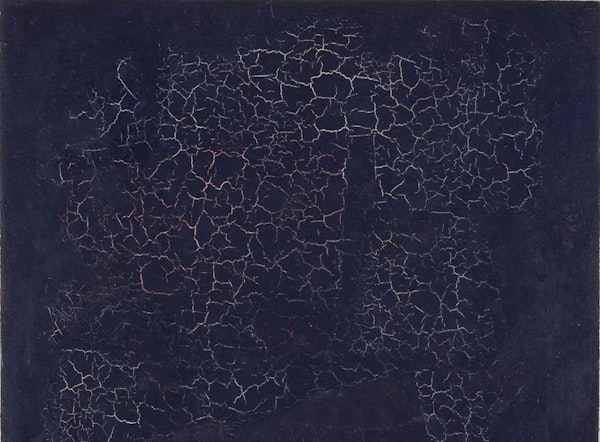
Precedents of the Unprecedented: Black Squares Before Malevich
Described by Kasimir Malevich as the “first step of pure creation in art”, his Black Square of 1915 has been cast as a total break from all that came before it. Yet searching across more than five hundred years of images related to mourning, humour, politics, and philosophy, Andrew Spira uncovers a slew of unlikely foreshadows to Malevich's radical abstraction. more
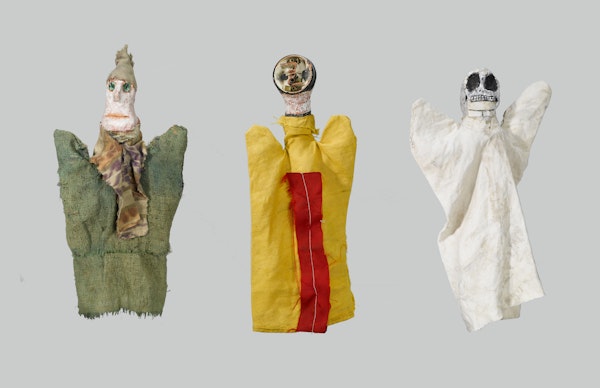
Of Angel and Puppet: Klee, Rilke, and the Test of Innocence
Built for his son from the scraps of daily life — matchboxes, beef bones, nutshells, and plaster — Paul Klee’s hand puppets harbour ghosts of human feelings, fragile communications from a world most adults have left behind. Kenneth Gross compares these enchanted objects to angelic figures, in Klee’s artworks and the poetry of Rainer Maria Rilke, helping us dance as well as wrestle with their visions of innocence. more
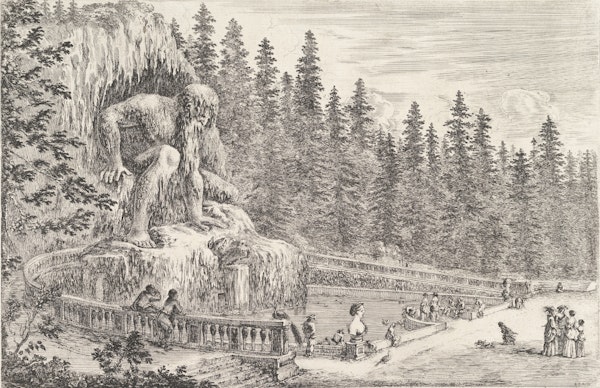
Petrified Waters: The Artificial Grottoes of the Renaissance and Beyond
Idling alongside the waters of artificial grottoes, visitors found themselves in lush, otherworldly settings, where art and nature, pleasure and peril, and humans and nymphs could, for a time, coexist. Laura Tradii spelunks through the handmade caves of the Italian Renaissance and their reception abroad, illuminating how these curious spaces transformed across the centuries. more
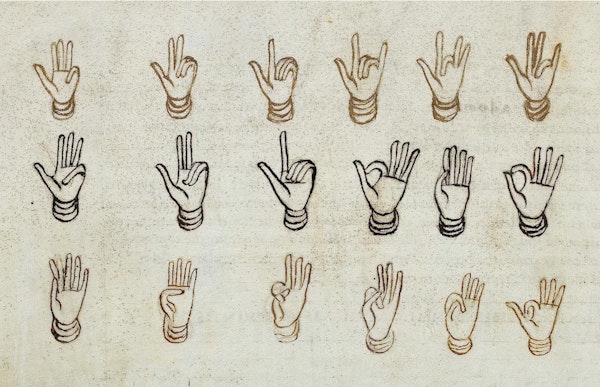
Handy Mnemonics: The Five-Fingered Memory Machine
Before humans stored memories as zeroes and ones, we turned to digital devices of another kind — preserving knowledge on the surface of fingers and palms. Kensy Cooperrider leads us through a millennium of “hand mnemonics” and the variety of techniques practised by Buddhist monks, Latin linguists, and Renaissance musicians for remembering what might otherwise elude the mind. more
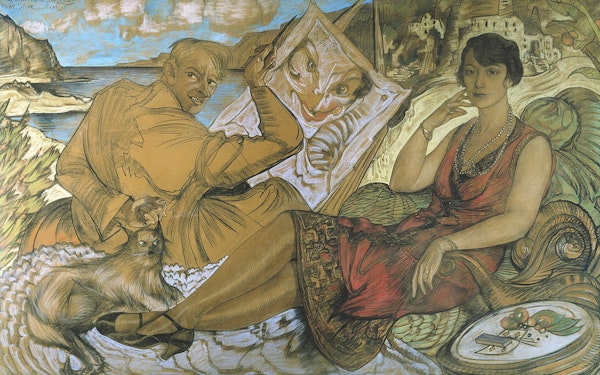
Documenting Drugs: The Artful Intoxications of Stanisław Ignacy Witkiewicz
In pursuit of Pure Form, the Polish artist known as “Witkacy” would consume peyote, cocaine, and other intoxicants before creating pastel portraits. Juliette Bretan takes a trip through Witkiewicz’s chemical forays, including his 1932 Narcotics, a genre-bending treatise that warns of the hazards of drugs while seductively recollecting their delirious effects. more
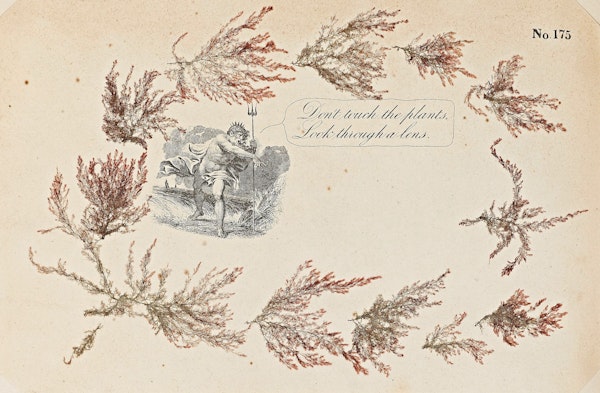
Love and Longing in the Seaweed Album
Combing across 19th-century shores, seaweed collectors would wander for hours, tucking specimens into pouches and jars, before pasting their finds into artful albums. Sasha Archibald explores the eros contained in the pressed and illustrated pages of notable algologists, including “the most ambitious album of all” by Charles F. Durant. more
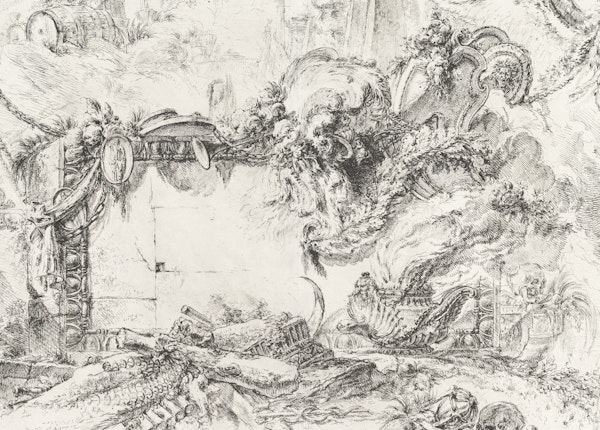
A Paper Archaeology: Piranesi’s Ruinous Fantasias
From the vast confines of his imaginary prisons to the billowy scenes that comprise his grotteschi, the early works of Giovanni Battista Piranesi wed the exacting details of first-hand observation with the farthest reaches of artistic imagination. Susan Stewart journeys through this 18th-century engraver-architect’s paper worlds. more
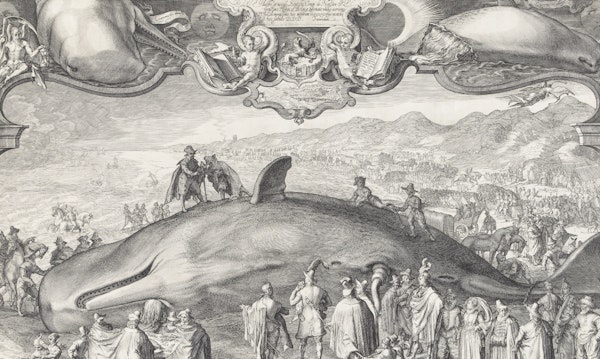
Picturing Scent: The Tale of a Beached Whale
What can visual art teach us about scent, stench, and the mysterious substance known as ambergris? Lizzie Marx follows a “whale-trail” across history to discover the olfactory paradoxes of the Dutch Golden Age. more
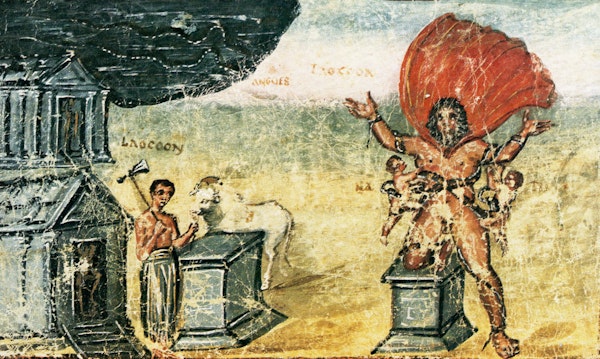
Reading Like a Roman: Vergilius Vaticanus and the Puzzle of Ancient Book Culture
How did Virgil’s words survive into the present? And how were they once read, during his own life and the succeeding centuries? Alex Tadel explores Graeco-Roman reading culture through one of its best-preserved and most lavishly-illustrated artefacts. more

